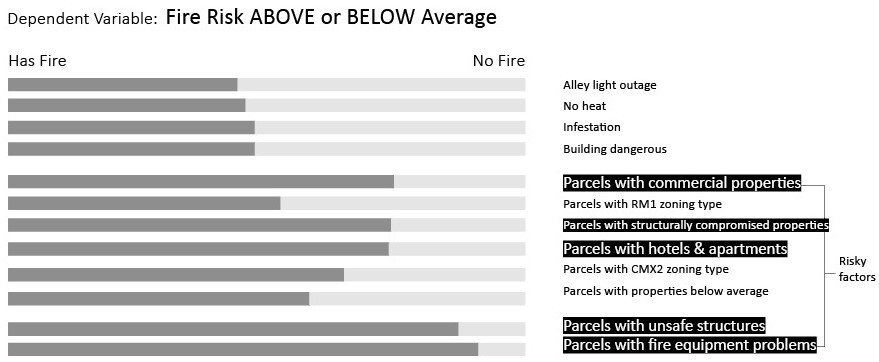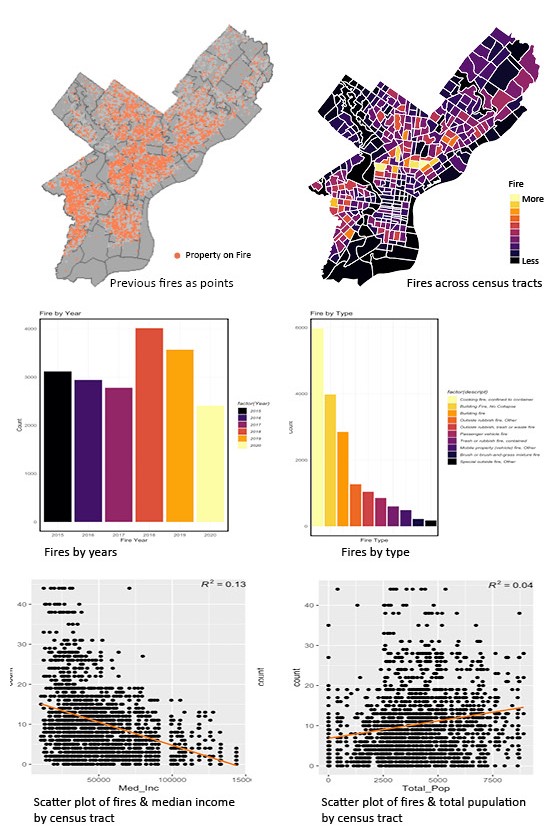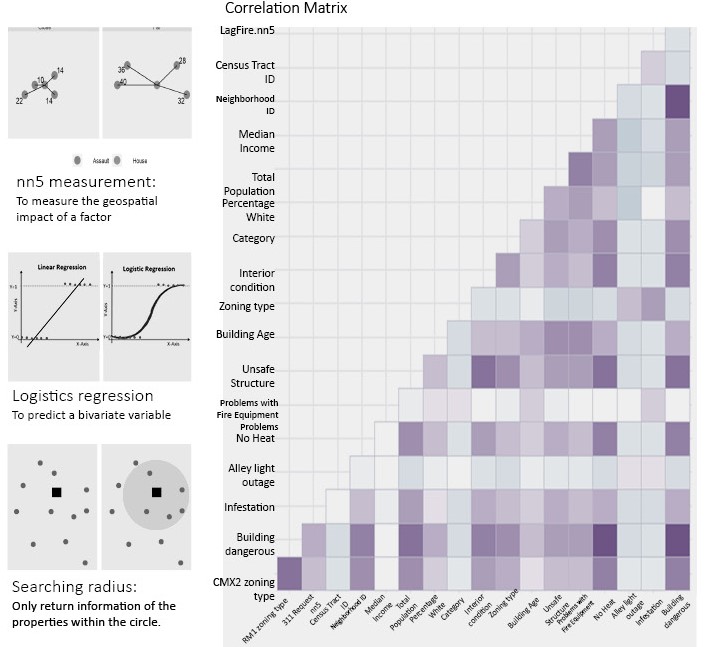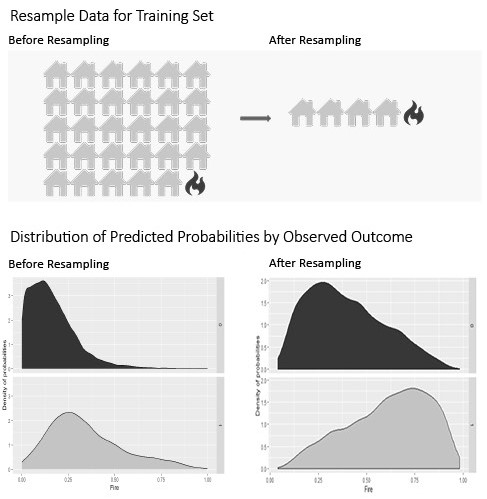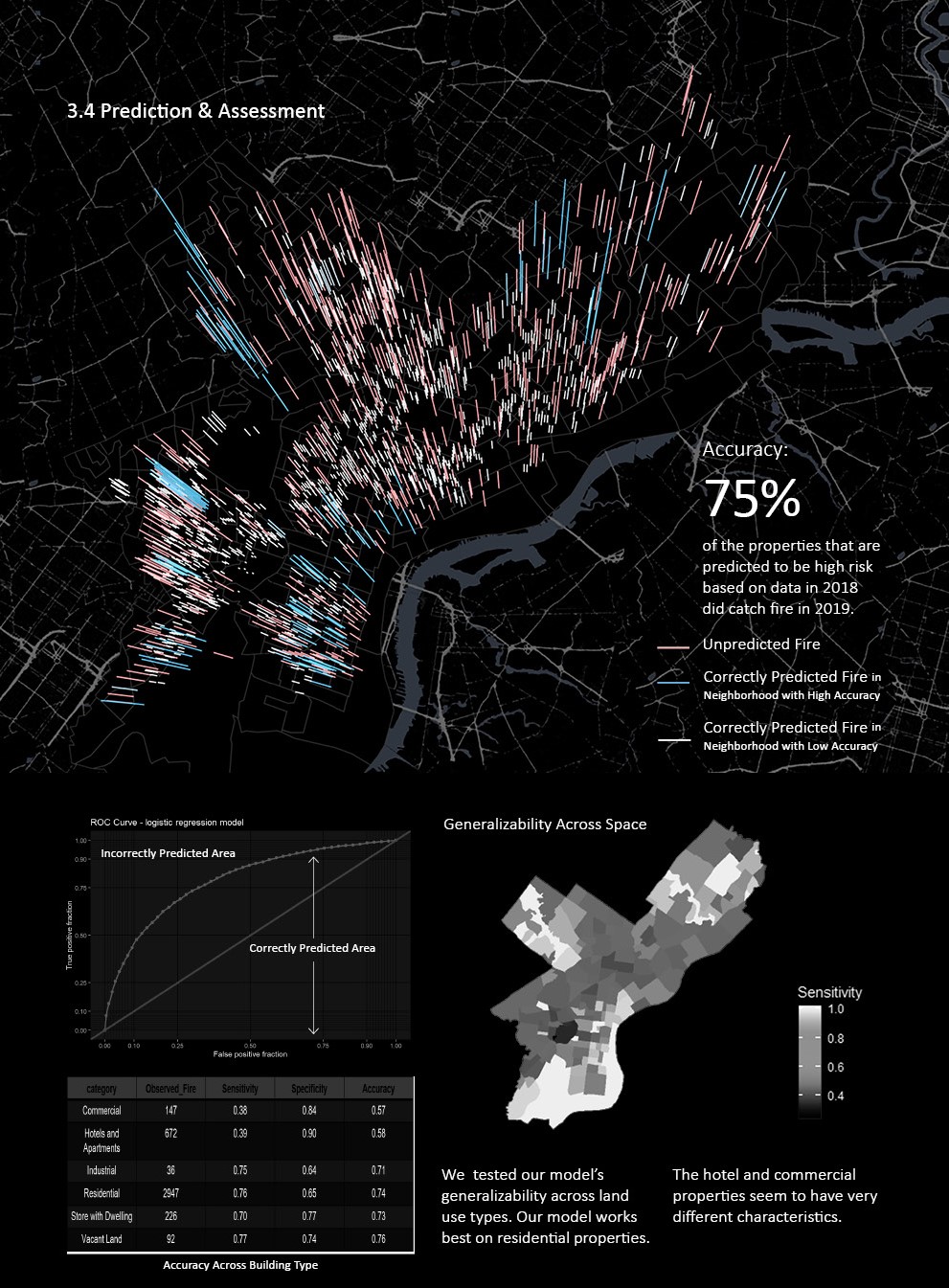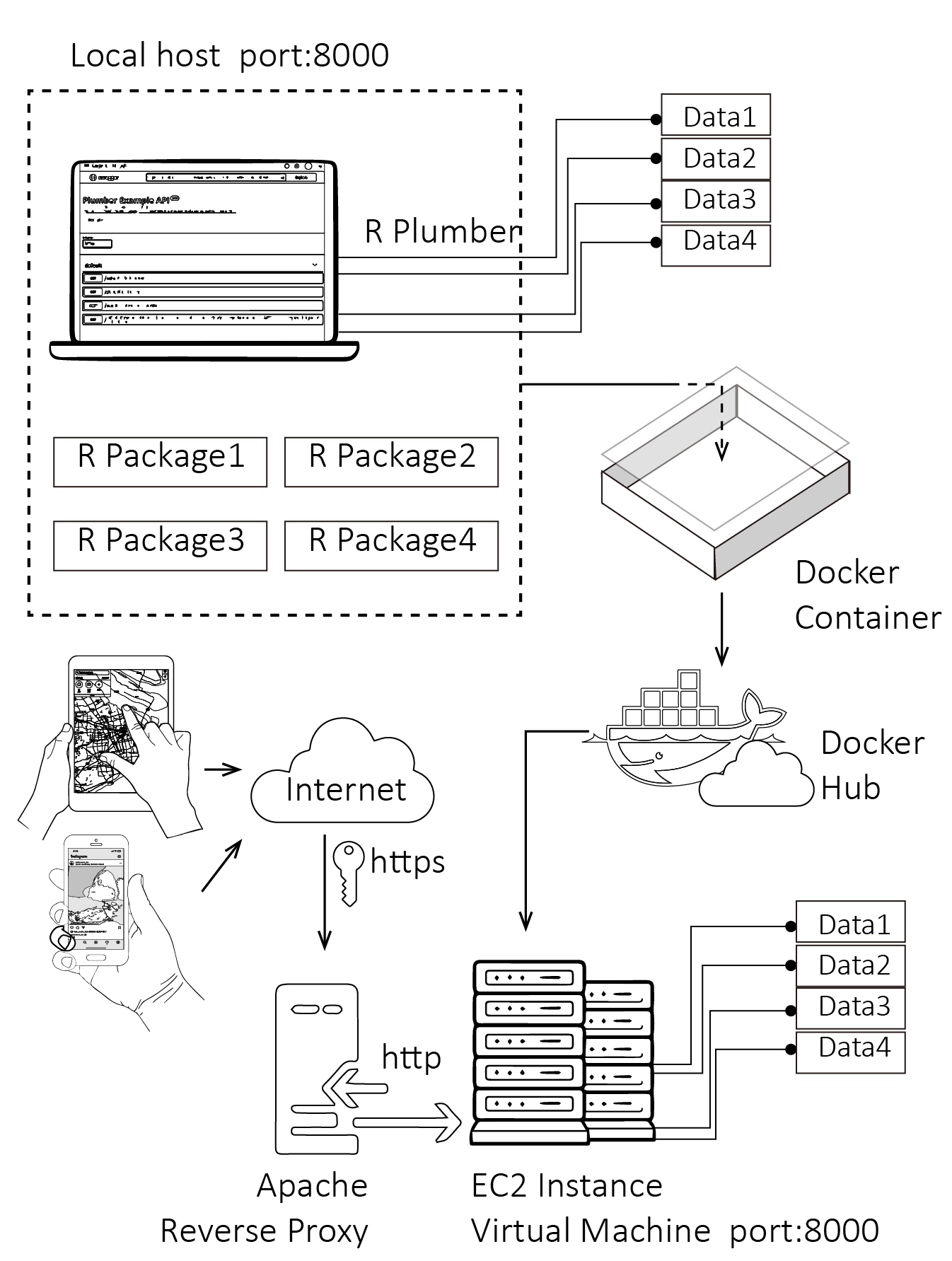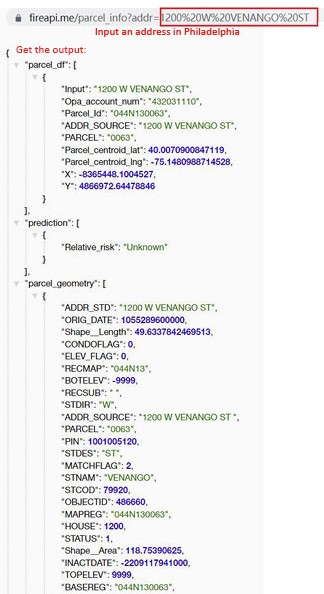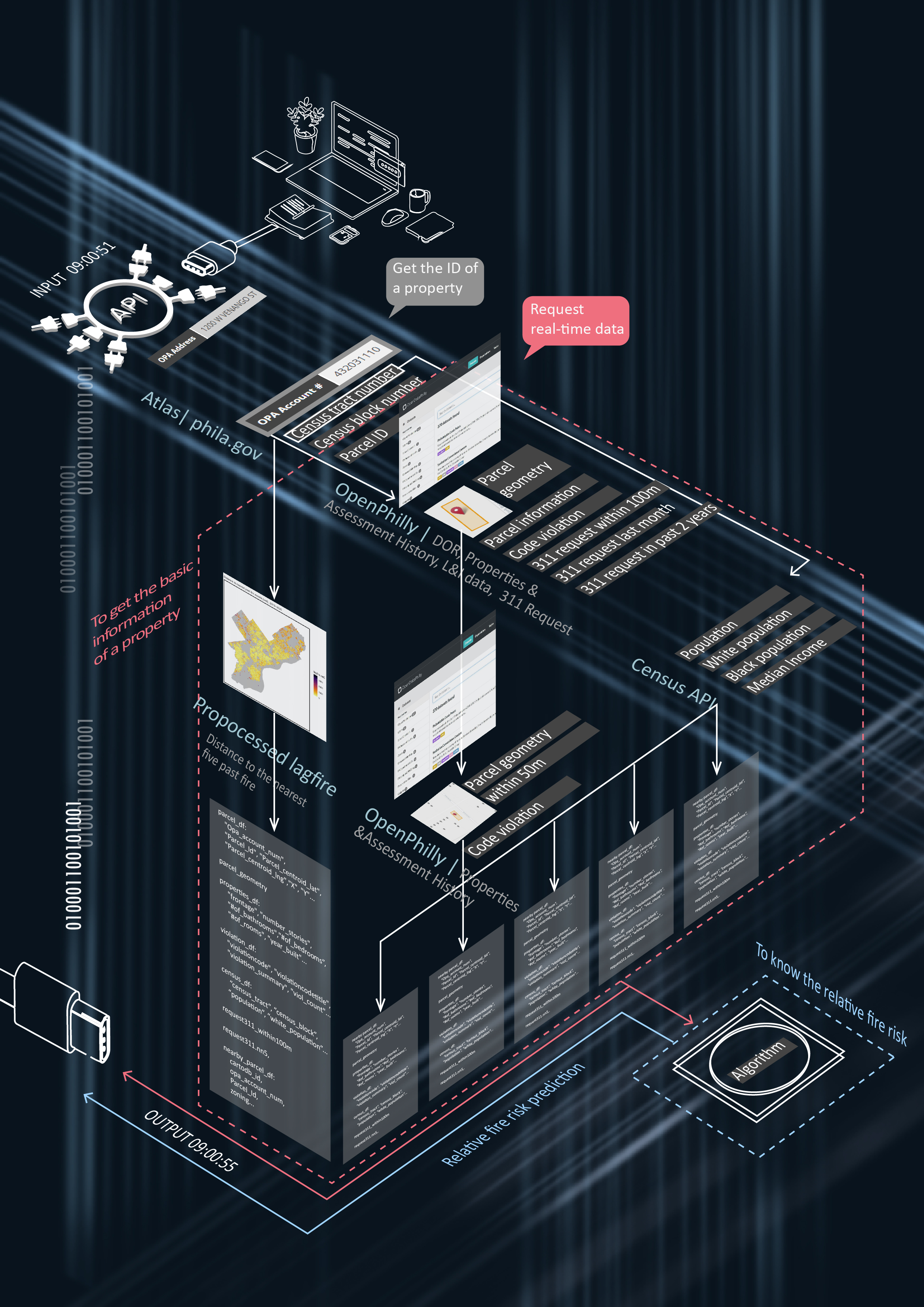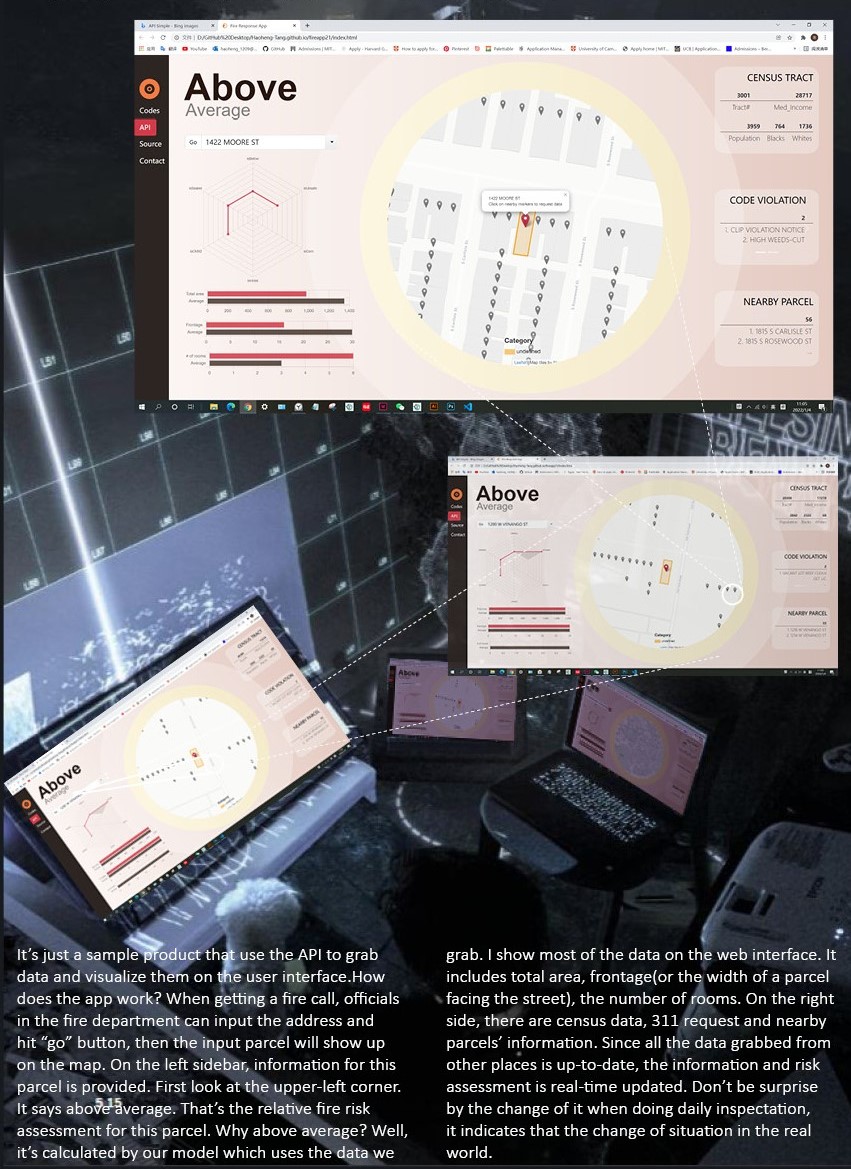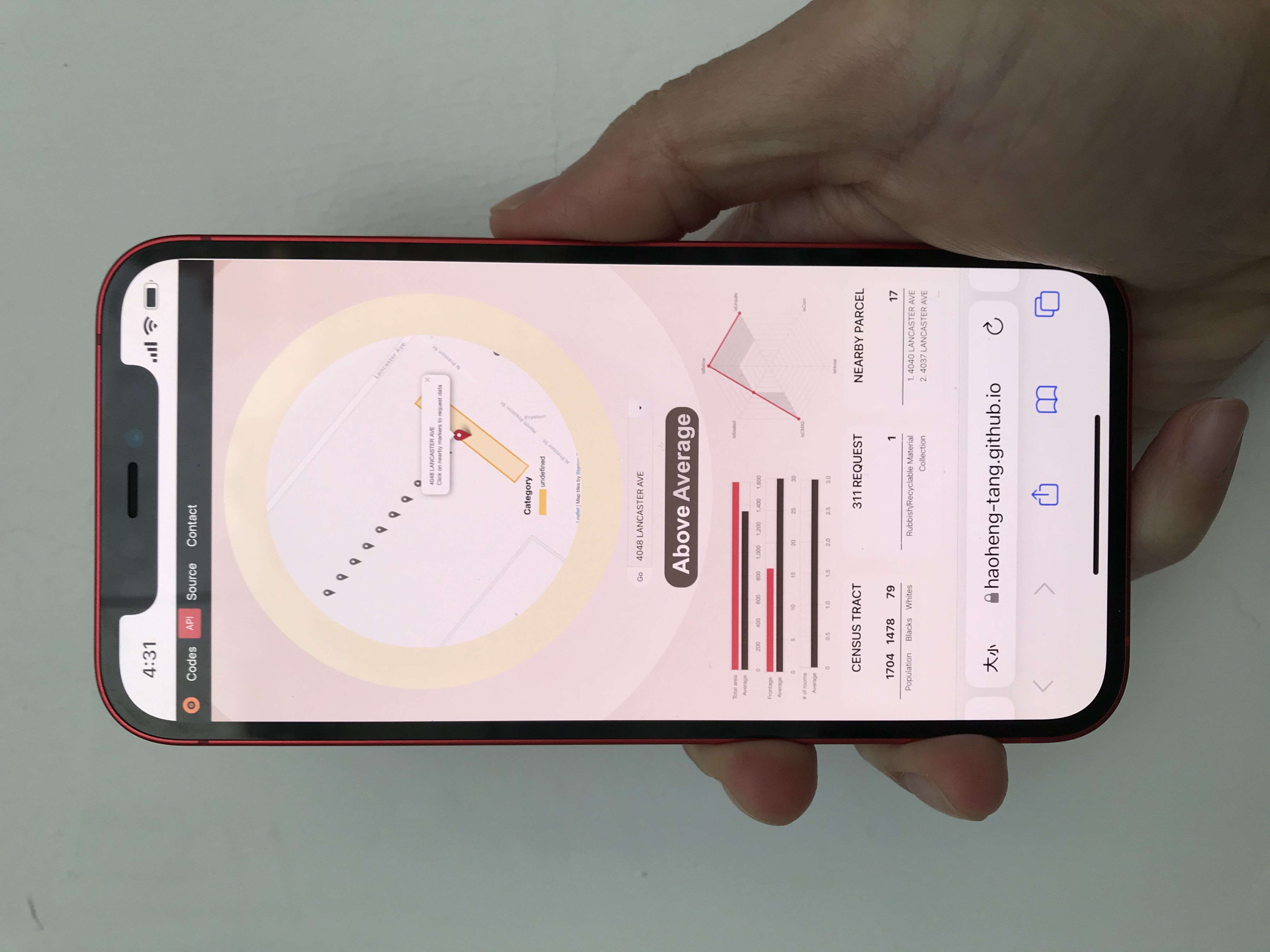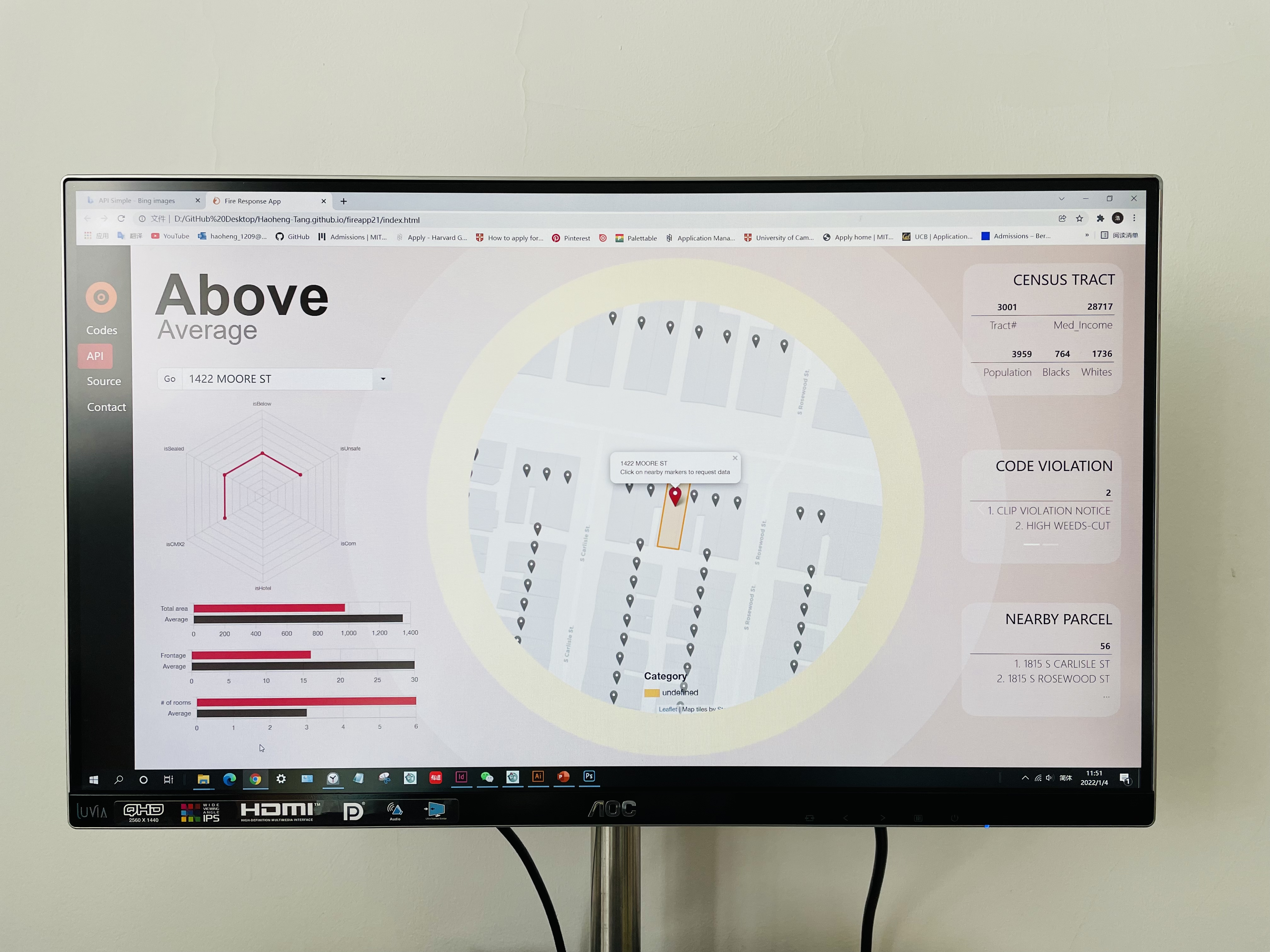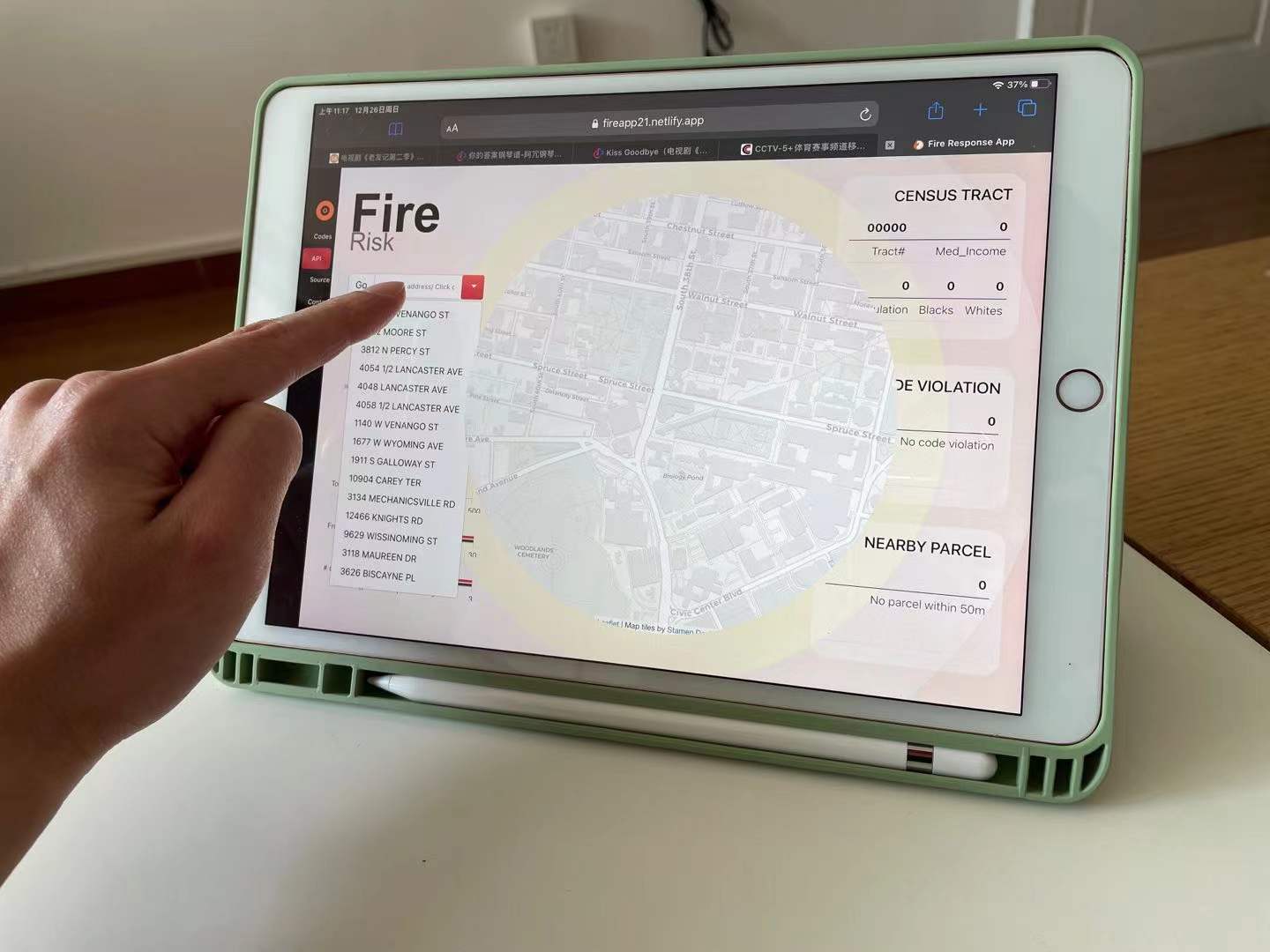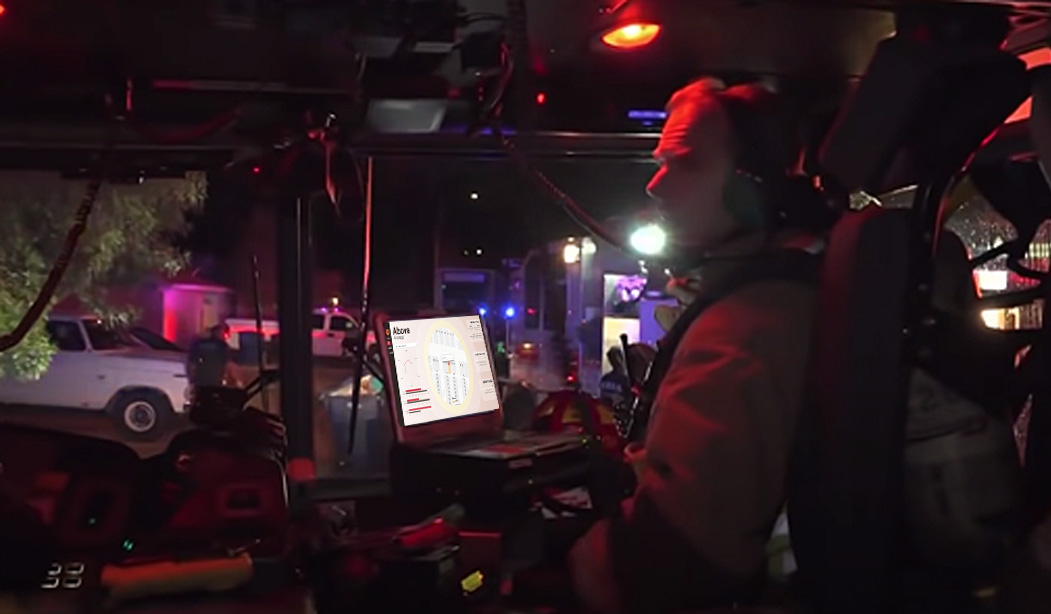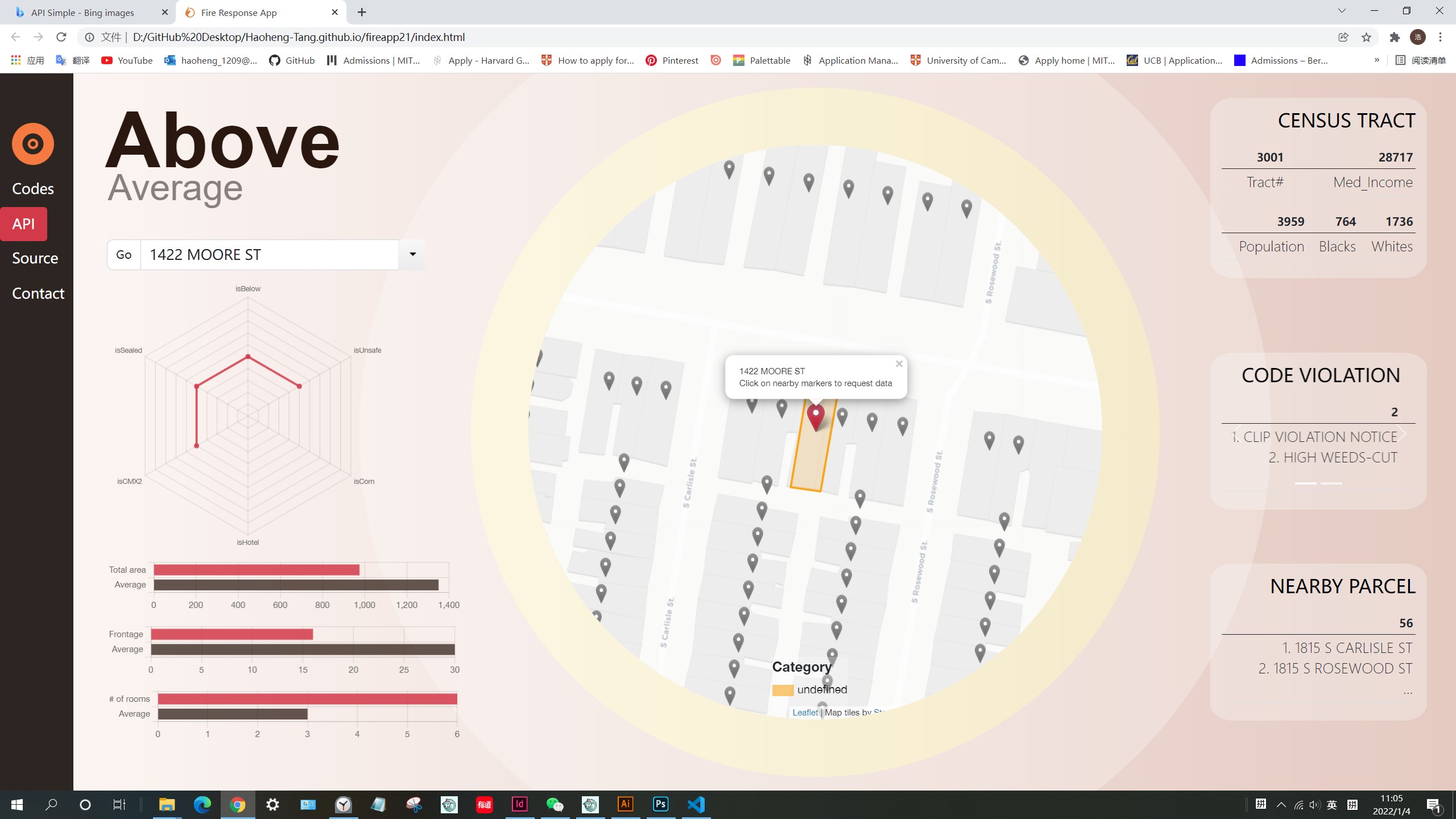Academic Project in Collaboration with Philadelphia Fire Department Instructor: Ken Steif, Michael Fichman Jan 2021 to May 2021 Access to the web app: https://haoheng-tang.github.io/fireapp21/
1. Background
.jpg)
2. Framework
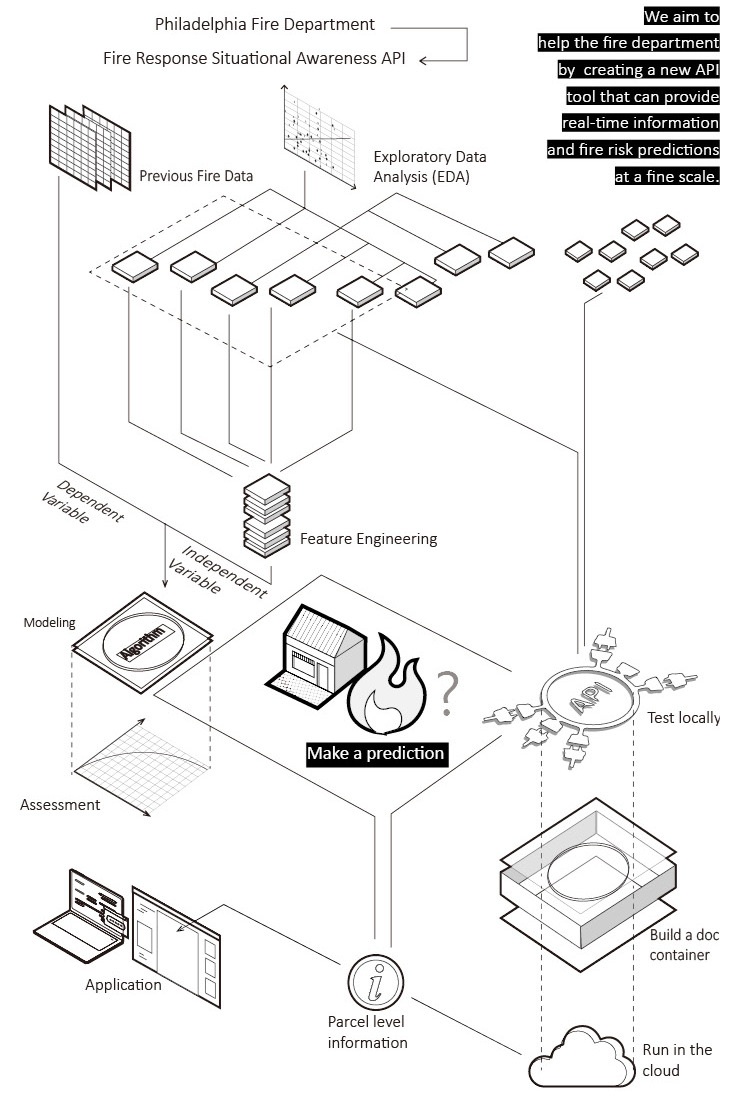
We trained a model to predict whether the relative fire risk is high or not for any property in the city. Additionally, we built an API tool that demands an address as an input, requests relative data from other sources, parse all the data, make a prediction out the fire risk and output all this information in a clean format. We also created an app as the front end of the API tool.
3. Algorithms
3.1 Exploratory Data Analysis
